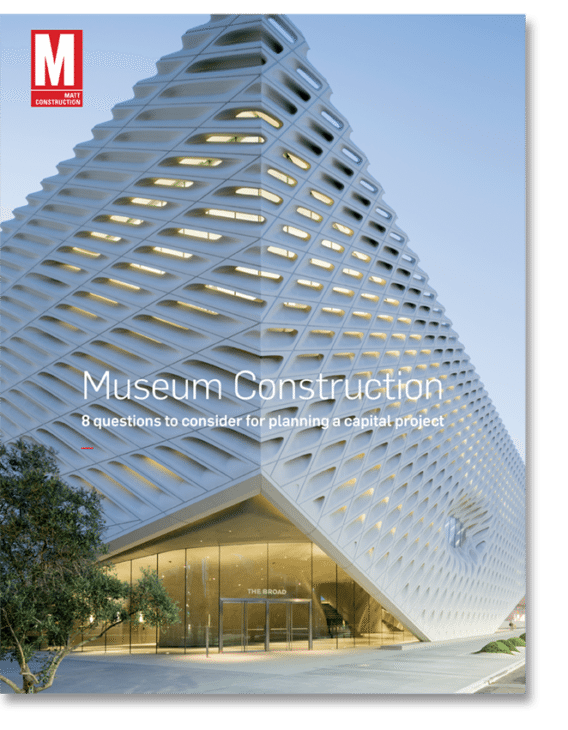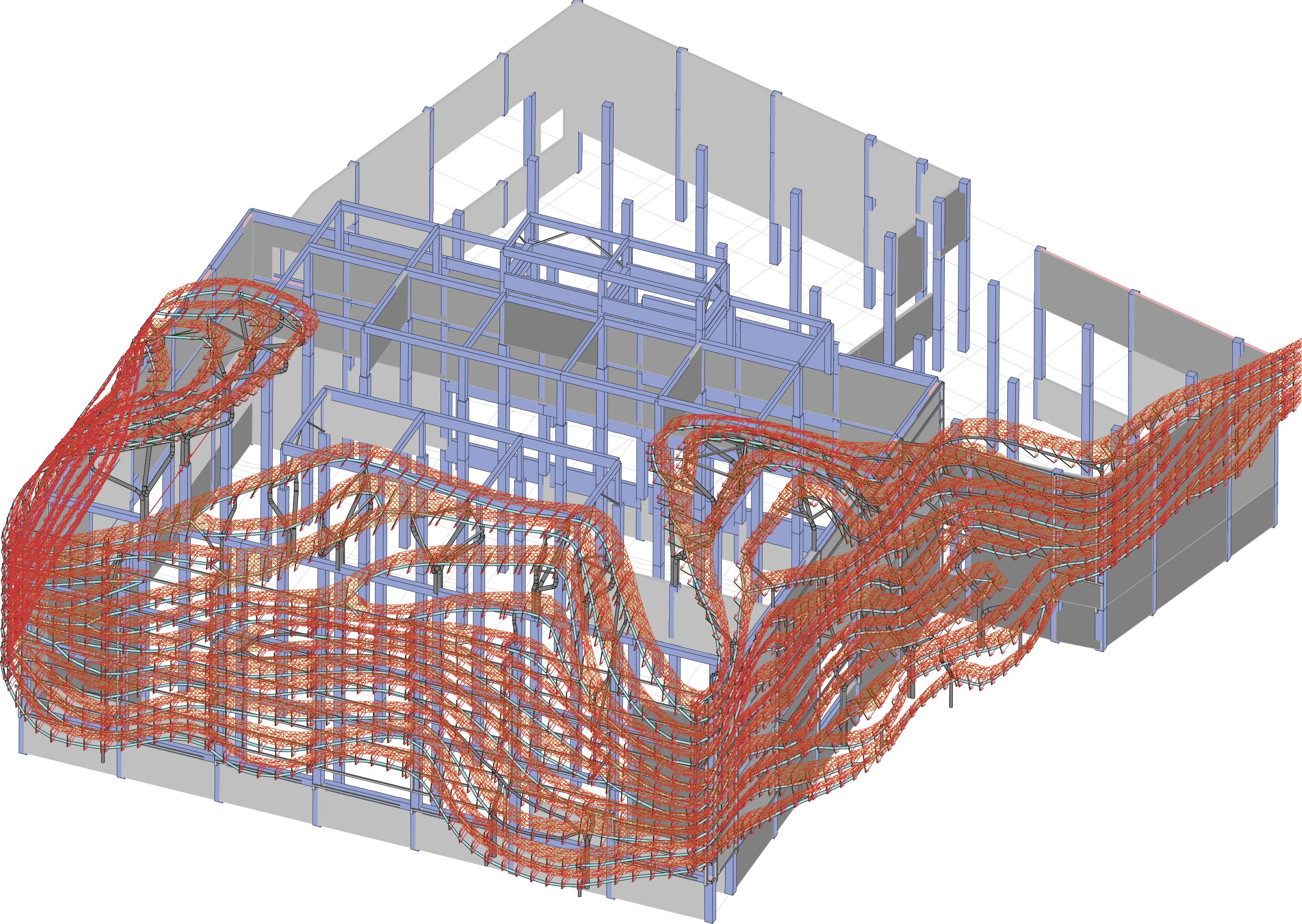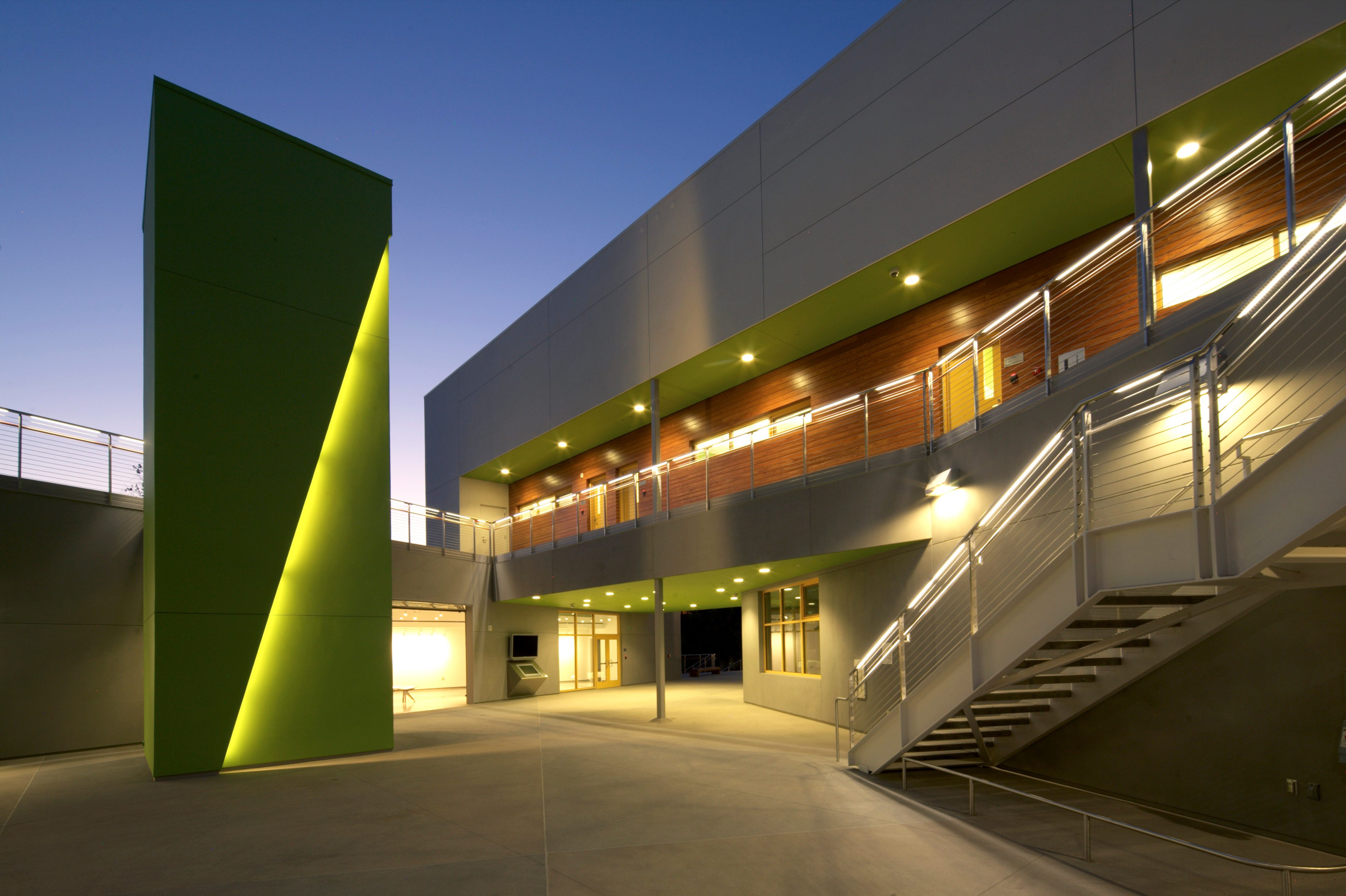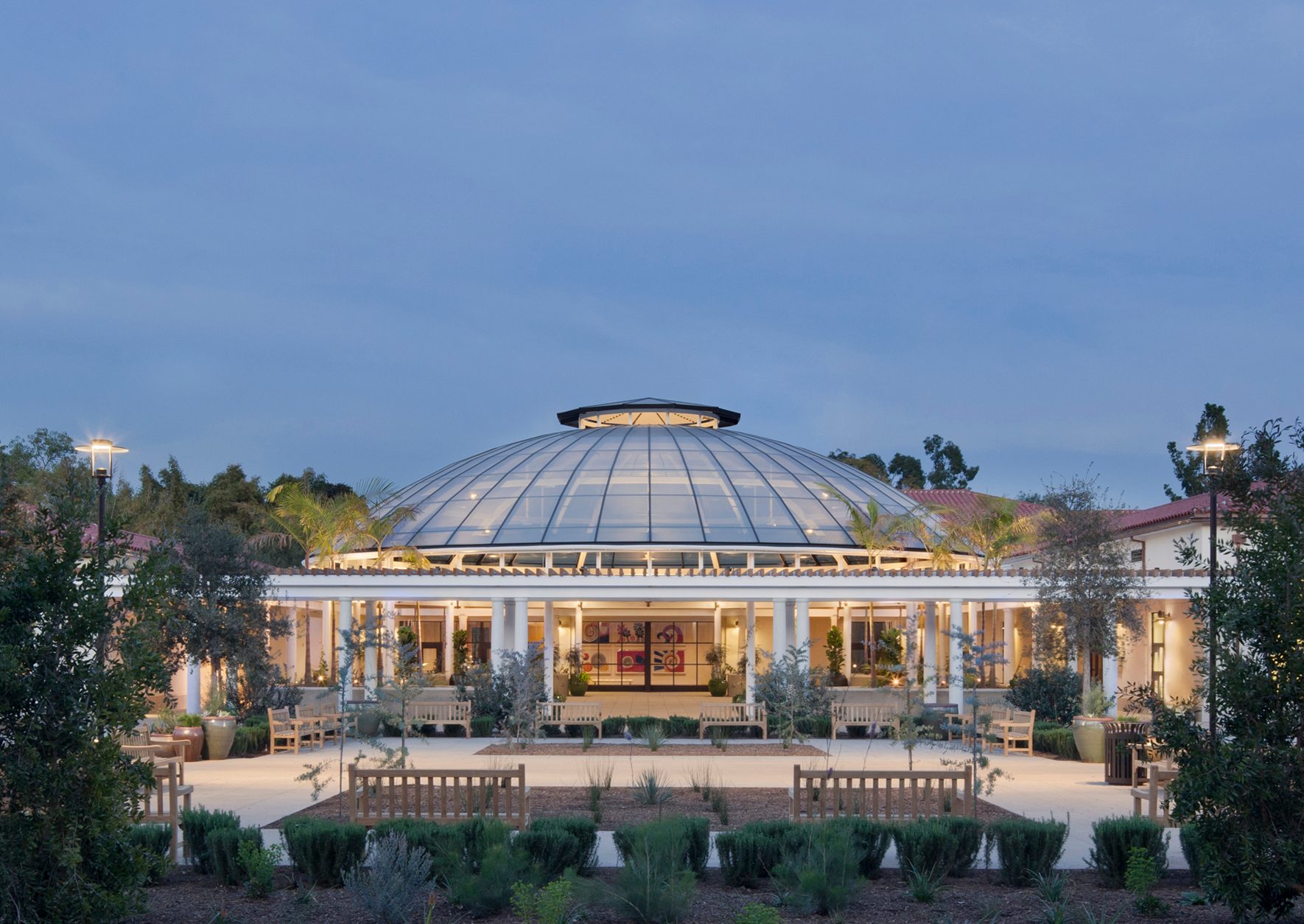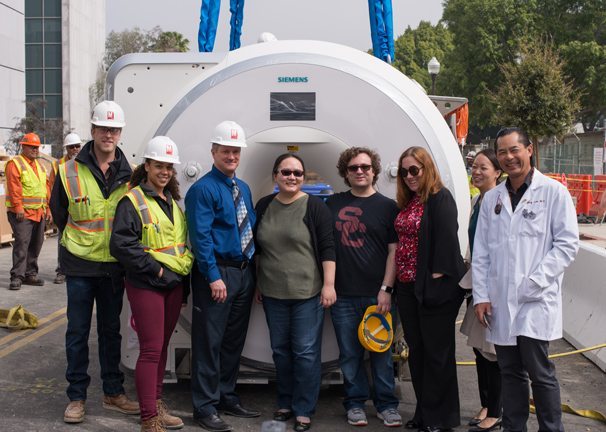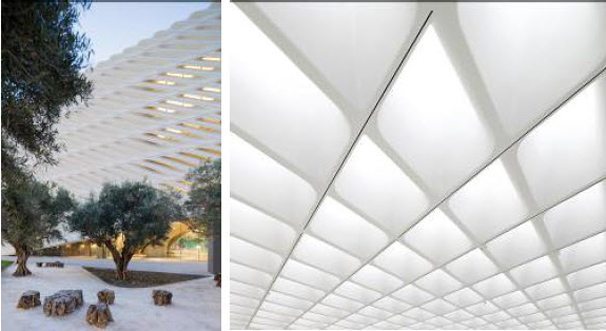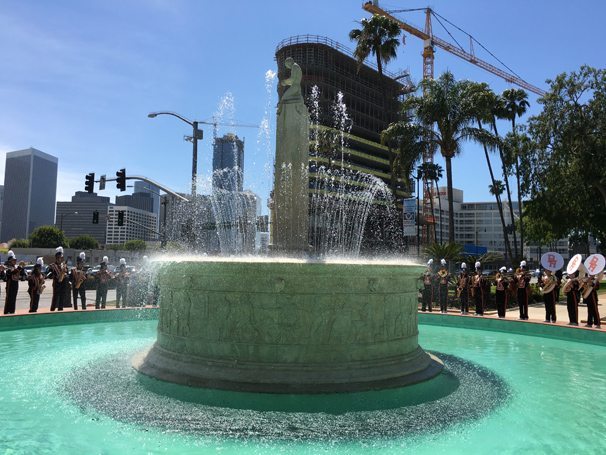
Photo Credit: Tom Bonner
Museum Construction – Getting the right consultants at the right time
Part two of our museum construction series focuses on getting the right consultants at the right time.
Our museum construction series explores different facets of the museum construction process and provides museum directors and their teams high level insights and tools to navigate their capital projects. For more lessons learned from building over two dozen museums, download our eBook Museum Construction: 8 questions to consider.

Photo Credit: Benny Chan Fotoworks
Determining the Right Fit
You know you’re going to need a superior builder, a crack design team and creative engineers to construct your project, but when do you bring them on and how do you determine who is the right fit for your institution?
First of all, it is important to understand that your institution is a non-profit that may not have significant experience with capital projects. Therefore, it might be beneficial to you to look for consultants that have the patience to understand the dynamics of your team and your board as you work together to figure out your goals and your mission and how to execute it. In addition, you’ll want consultants to flex with the changing landscape of your fundraising.
Next, it might be helpful to prioritize the consultant over the contract. If you don’t have the right team on board, the structure of the contract is irrelevant. Ask yourself:
- Is the ownership involved in day to day operations?
- Are they local? Is this important?
- Are they competent in their field?
- Are they experienced with museums and can therefore navigate relationships with board governance as well as deliver the high-end finishes and unique designs museums imply?
- How will they deal with uncertainty, particularly in an existing or historical building?
- Are they ethical?
Once you’ve found a fit, you can work out the details of the delivery of service.
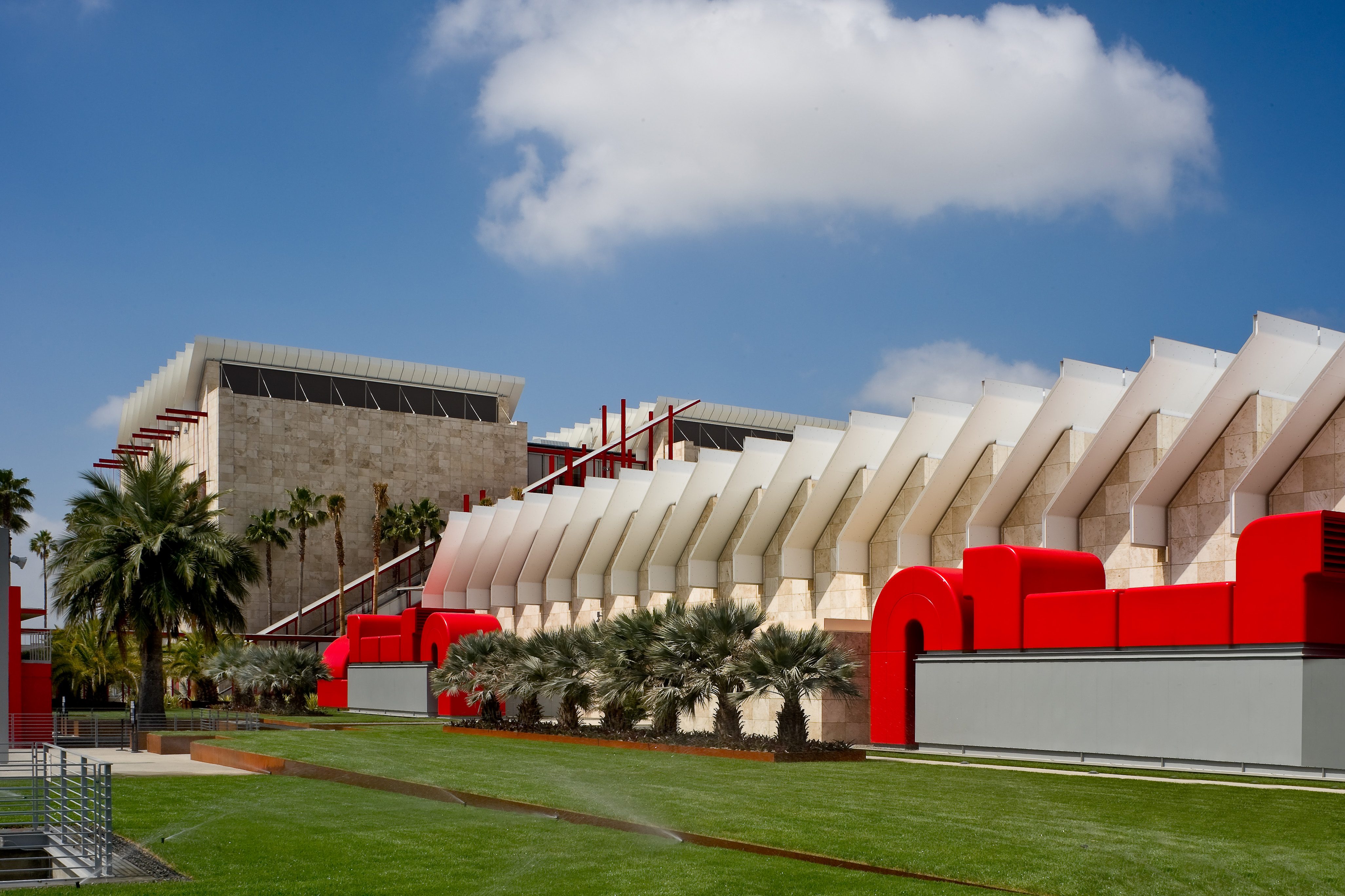
Timing
So you’ve determined your criteria for your consultants, but when do you bring them on board?
Early. Most institutions think to bring on a design team to kick start the process. Consider bringing on a general contractor and key engineers early as well. Key engineers can provide information that will ensure you have a design that works for your location. Contractors can reality check that your objective isn’t greater than your pocketbook – get them involved in the budget at the start so you don’t head down a path on which you can’t afford to continue. In addition, a contractor can help you put your money toward what will bring the greatest amount of value to your institution based on its priorities – if your contractor can save you money by innovating on materials, technology and methods for your structure and foundation, that leaves you more budget for your exhibits.
Lastly, contractors who understand client needs are crucial as you move through the cost/constructability phase of your preconstruction. They bring a perspective to point out that, though you may need that fire hydrant, you probably don’t want it to sit at the curve of your delivery drive, and they can help you make changes while you’re still virtual and the cost of making adjustments is comparatively lower.
For more information on getting the right consultants at the right time and other ideas to frame your thinking, download our free eBook Museum Construction: 8 questions to consider for planning a capital project.


